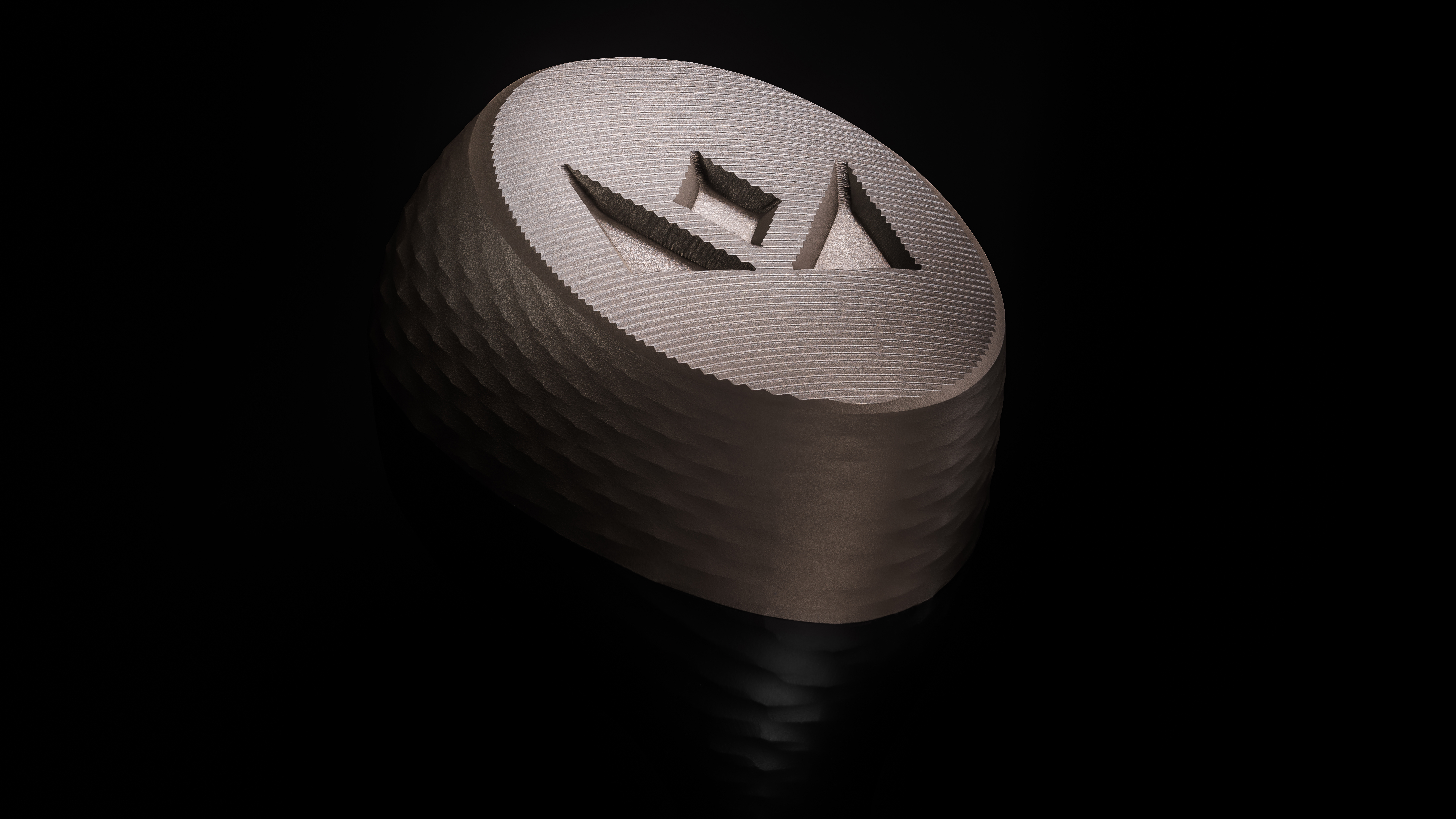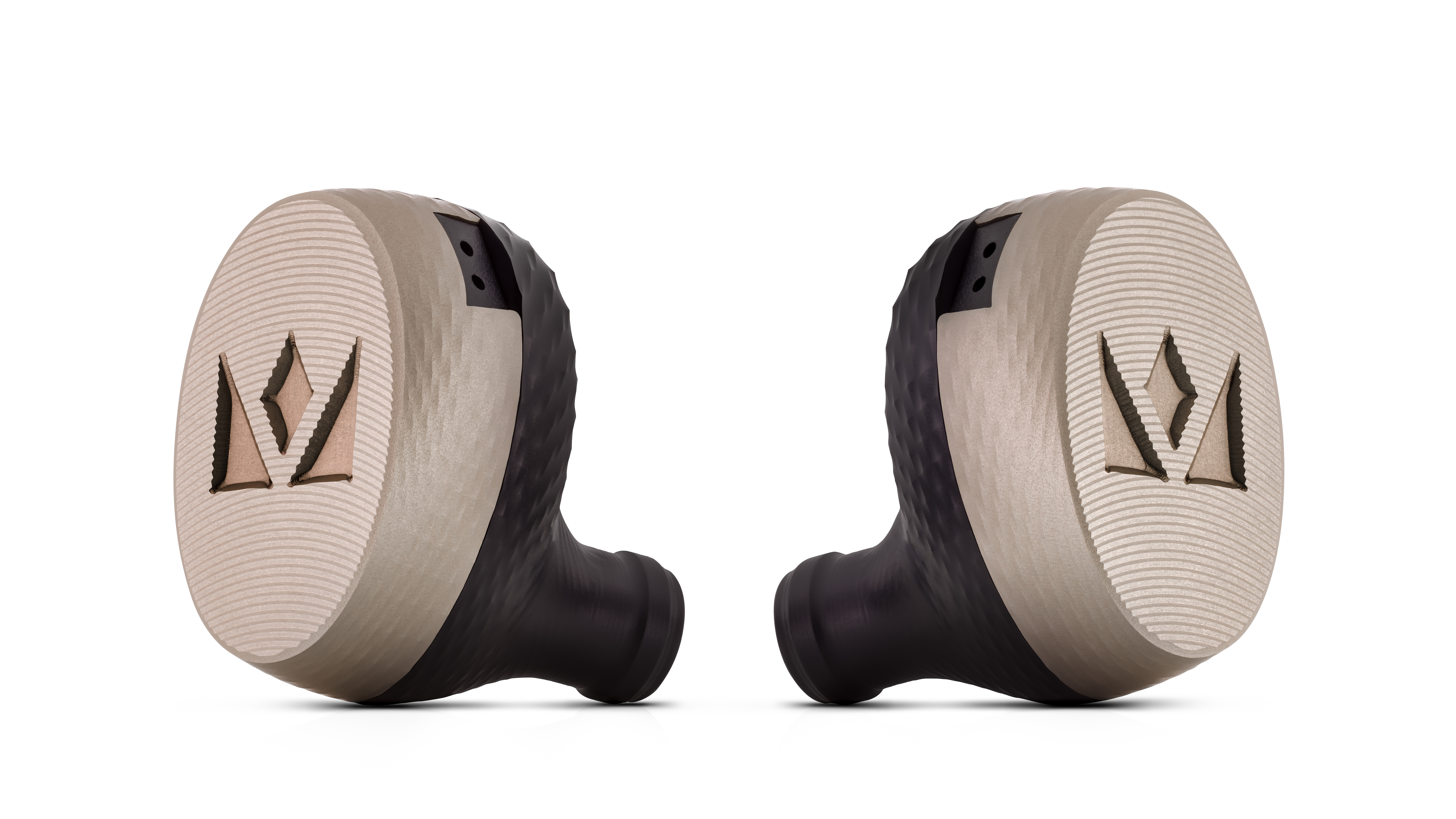Scared of losing Air Pods? Imagine my fear when I wore $1600 in-ears for a month
Luxury portable monitors

Where do you start with a pair of headphones like the Noble Audio Katana? At $1600 (£1350 / around AU$2100) the in-ear headphones are at the highest of the high-end, but the most surprising thing about them is their form factor.
Yes, whereas high-end headphones have become synonymous with bulky over-ear cans that are only really practical for home use, the Katanas are a pair of in-ear headphones, that are only marginally bigger than your average pair of Apple earbuds.
This might sound like a criticism, but it’s honestly impressive just how much Noble Audio has been able to squeeze into such a small package.
Contained in each side are nine, count them, nine drive units.
Driving development
To put that into perspective, a pair of headphones that contain just three drivers are normally considered ‘high-end’, so a whole nine drivers is literally off the scale.
But what exactly is a driver?
In essence a headphone driver is more or less a miniature version of the cones that you’ll see in a loudspeaker. The design of the headphone applies electricity to the driver, it vibrates, and sound is created.
Sign up for breaking news, reviews, opinion, top tech deals, and more.
A single driver is able to create sound, but depending on its design it will be better at dealing with bass, mid, or treble frequencies.
That’s why in more expensive headphones you’ll find two or three drivers used. In a three driver setup you’ll have one driver handling the bass, one handling the mids, and a final one handling the trebles.

Noble Audio’s more mid-range (well, mid-range in comparison to the $1600 Katanas) headphones the Tridents do come with the more standard three driver configuration, but for the flagship Katanas Noble have made the jump to a full nine driver layout.
With this number of drivers it’s impressive that the Katanas are as small as they are, but it would be a stretch to claim that they’re small in the same way as a regular earbud. In person they’re around the size of a broad bean (which are apparently called ‘fava beans’ in the US, weird) which means that they sit in your ears slightly oddly.
Teething problems
The weight of these headphones means that if you wear them in anything other than their ideal configuration then you’ll find them to be exceptionally uncomfortable.
And with no pictures of people actually wearing the headphones on Noble Audio's website, you'd be forgiven for initially wearing them incorrectly.
So in the interests of public service, here’s a picture of yours truly wearing the Katanas with the Noble Audio crown logo more or less upright.

Worn correctly, the Katanas sat very comfortably in my ears, with the over-ear cable ensuring that cable tugs wouldn’t make the ‘phones come loose from my ears without a fight.
But enough about specs and form-factor, how do the the Katanas actually sound?
Over-ear sound from in-ears
In a word: incredible.
I’ve come to expect some trade-offs when listening to in-ear headphones. Rarely have I found them to offer the same openness of sound as full-blown over-ears.
Instead I’ve tended to find them feeling cramped, with sound that feels like it’s originating from inside your own head rather than from a physical point in space, but the Katanas achieve the latter effect without even breaking a sweat.
Obviously this effect is most apparent when listening to a well-produced live recording such as Nirvana’s Unplugged in New York, but studio recorded music still benefits from the sound layering these headphones are capable of.

It might not be the sexiest quality in a pair of headphones, but the detail in the sound produced by the Katanas is also excellent. You can throw the busiest, messiest, piece of mathrock like Dillinger Escape Plan’s Panasonic Youth at the Katanas and you’ll still be able to hear every guitar note even over the combined noise of Puciato screaming his lungs out and Pennie going wild on the double bass drums.
These are not headphones that are kind to poor recordings however. Play a song like Let’s Die by Turbowolf and the drums just don’t have the same sparkle to them, and overall all the instruments feel very squashed together.
But if you’re going to spend this much on a pair of headphones, you’re probably doing it to listen to your favorite recordings. It feels almost insulting to listen to a song as tacky as Busted’s Thunderbirds are Go on a pair of headphones as expensive as this.
Scared to leave the house
Headphones have come a long way in the past twenty years. There was a time when the majority of people only thought about replacing their music player’s bundled headphones when they inevitably broke after a year.
Nowadays though it’s common for most people to barely bother unwrapping these crappy earbuds, and the amount we’re willing to spend on high-end headphones is going up and up and up.
But there’s something about in-ears that doesn’t make sense at this luxury price point. In-ears are small, they’re portable, and they have a form-factor that makes them ideal for using on the go.
You can chuck them in a bag, or even leave them in a pocket for when you need them later on the bus.

But at this price point I wasn’t comfortable doing any of these things with the Noble Audio Katanas. They sat on my desk at work, kept safe by the hefty case they’re supplied in, and occasionally used for an afternoon of music-listening in an environment that I’m always going to prefer using over-ear headphones in.
Fitting nine drivers and this level of audio quality into a pair of in-ears the size of the Katanas is an impressive feat of engineering, but as a piece of consumer electronics I personally have a hard time wrapping my head around when you’d use such a unique product.
But sometimes in the audio world, products aren’t built to be used by everyone, and I guarantee that the things Noble Audio learnt while designing and manufacturing the Katanas will quickly trickle down into its more affordable headphones.
The Katanas, then, are a chance for the company to show off and really put itself on the map. They’re a product that shows Noble Audio firing on all cylinders, and at the very least they’ll teach it a couple of things that it’ll hopefully use to improve its budget lineup.
If you’re looking for the best pair of in-ear headphones money can buy, then the Noble Audio Katanas might be just that. If you’re not though, then they’re nevertheless a pretty powerful display of what this high-end audio company is capable of.
- Need a more budget pair? Check out our guide to the best in-ear headphones.

Jon Porter is the ex-Home Technology Writer for TechRadar. He has also previously written for Practical Photoshop, Trusted Reviews, Inside Higher Ed, Al Bawaba, Gizmodo UK, Genetic Literacy Project, Via Satellite, Real Homes and Plant Services Magazine, and you can now find him writing for The Verge.